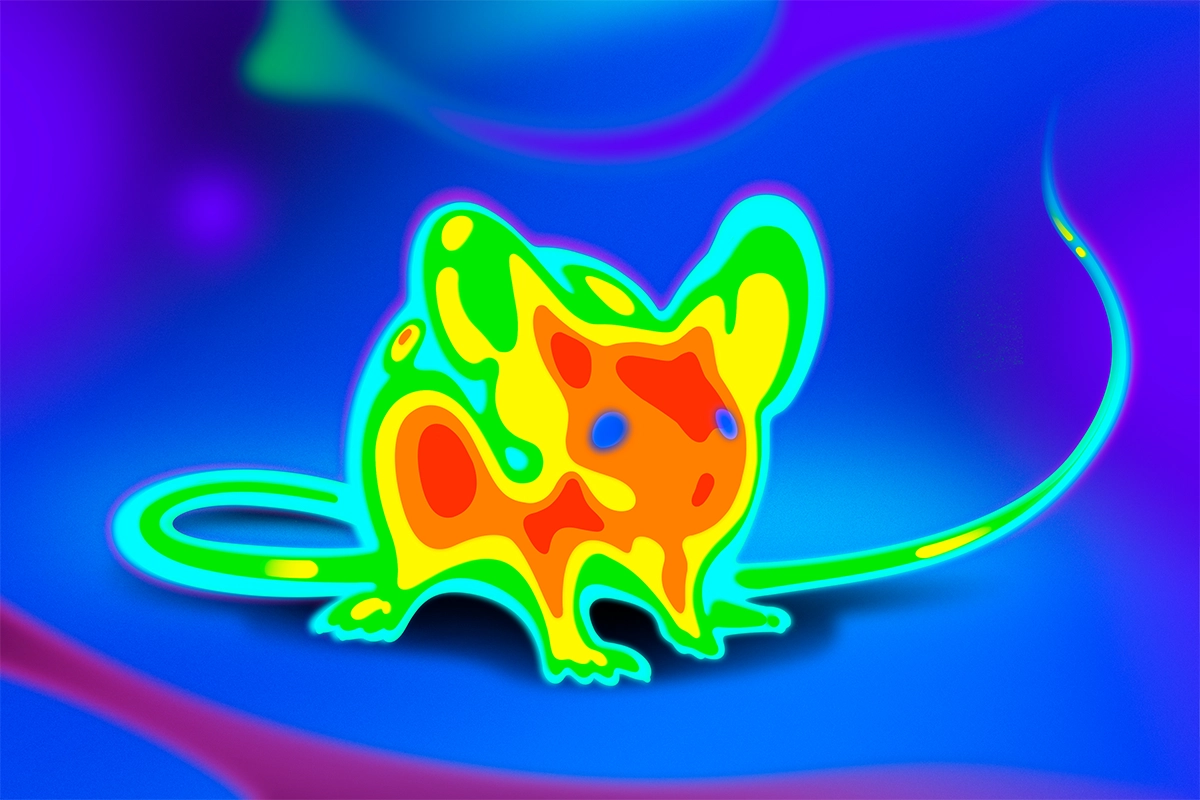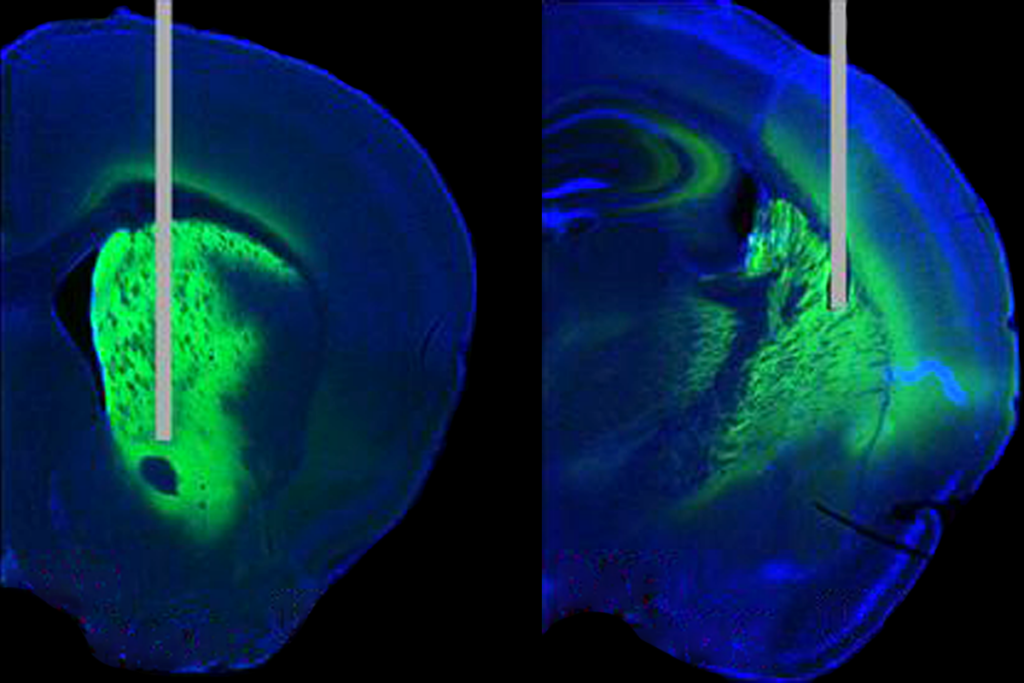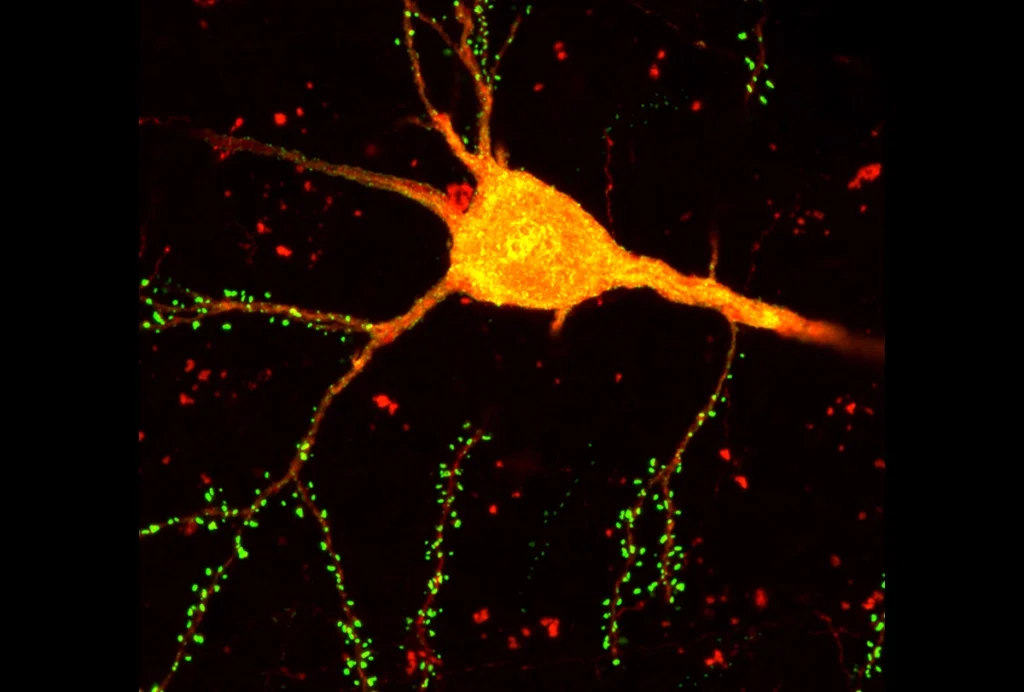Mouse colonies are the bedrock of neuroscience research. In planning their experiments, researchers spend hours reviewing the literature, considering ideal mouse lines and writing detailed protocols to handle the animals humanely. Once the mice arrive, they are housed at institutional facilities that strive to maintain a carefully curated ecosystem to ensure animal well-being.
But sometimes, as researchers, we take for granted just how delicate this ecosystem can be.
Our group has found that the mildly cool temperatures mandated for mouse colonies—typically 22 to 23 degrees Celsius—can influence tumor biology. At that temperature, both the animal’s innate anti-tumor response and its response to various types of treatment are impaired compared with those of mice housed at thermoneutral temperatures between 29 and 30 degrees Celsius. This impairment occurs because the animal needs to generate heat through non-shivering thermogenesis—a process that triggers the release of norepinephrine from sympathetic nerves in brown adipose tissue and beyond, potentially altering numerous cell types.
This temperature effect isn’t limited to cancer models. We have written several reviews summarizing data from the past decade that show how housing temperature and changes in thermoregulation affect experimental outcomes in mouse models of cardiovascular disease, cancer and immunology. And neuroscience is no exception. Housing temperature can also influence the progression of Alzheimer’s disease in the triple-transgenic mouse model 3XTg-ADl, trigger inflammation in the brain and influence slow-wave sleep and amyloid pathology. Even standard housing temperatures can induce brain dysfunction in bacterially challenged mice models.
These and many other examples illustrate that neuroscientists need to pay greater attention to the temperature effect. They also underscore the need for scientists to report housing conditions at animal facilities and test the impact of temperature in pilot experiments.
T
he U.S. National Institutes of Health is increasingly concerned with proper mouse colony temperature and its effect on experiments; a working group dedicated to rigor and reproducibility of animal studies identified it as one of several extrinsic factors—including lighting cycles, food sources, water type and cage-handling frequency—that play a significant role in experiment reproducibility. Given the well-documented effects, why do we house mice at less-than-thermoneutral temperatures?




